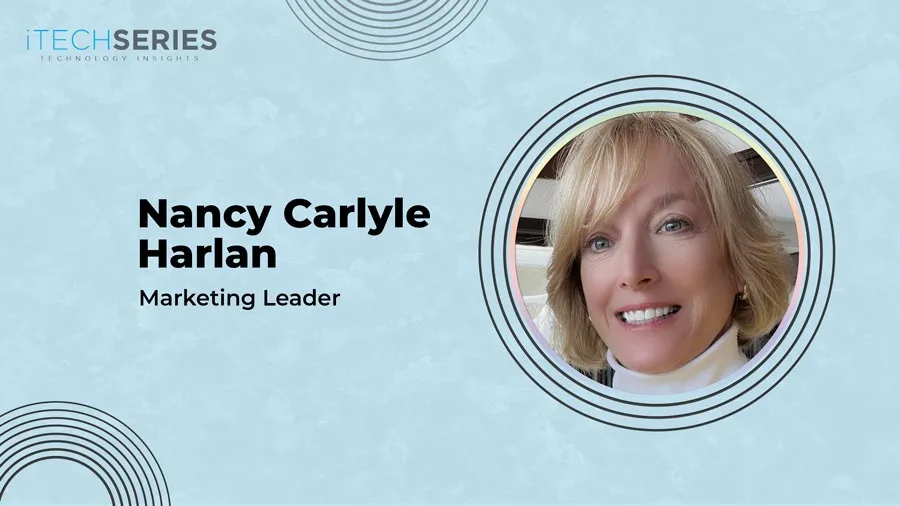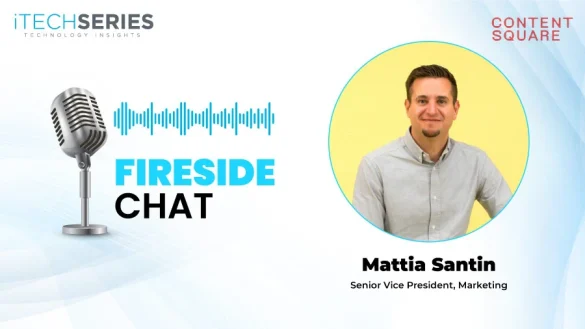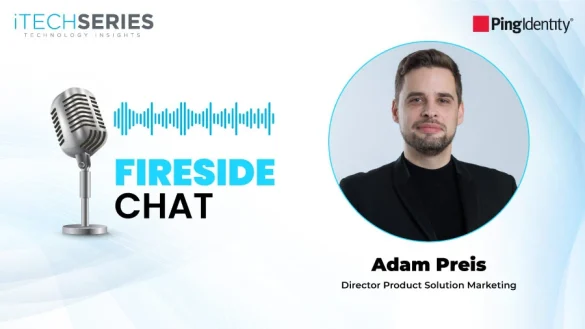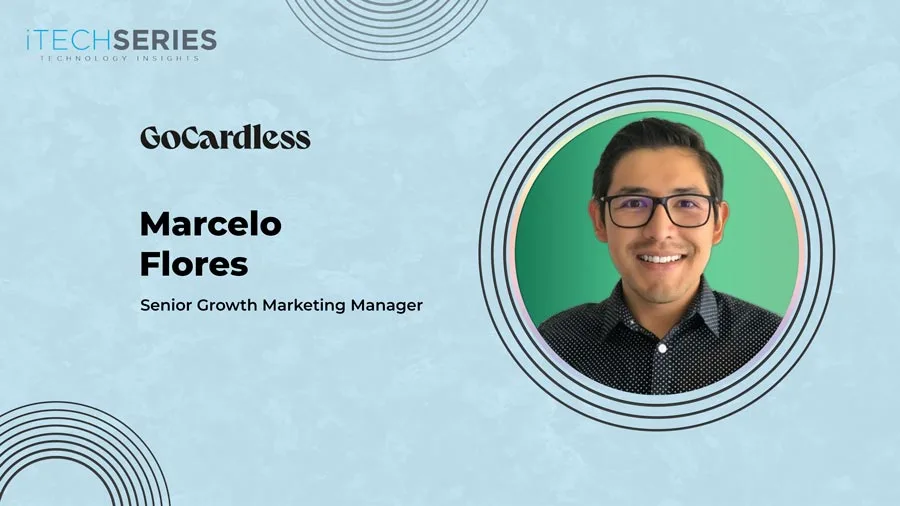Nancy Harlan, a marketing leader with deep expertise in ABM and customer-centric strategies, shares her journey from sales to leading high-impact marketing programs. She discusses the power of cross-functional collaboration, AI’s role in ABM execution, and how brands can craft compelling messages that drive engagement, retention, and long-term customer value.
Could you tell us about yourself and your journey as a marketer?
I began my career in sales and sales management at IBM before transitioning to Siemens Telecommunications in the Marketing Department. At Siemens, I gained experience in almost every aspect of marketing, including product marketing, customer marketing, event management, field marketing, sales enablement, and building a demand generation organization. After 10+ years, I left Siemens and joined Qlik (Data Analytics), where I was tasked with solving a business challenge. Qlik was landing in Fortune 1000 accounts but struggling to expand and drive “share of wallet” spend, so I created a strategic account program to address this. While we didn’t call it Account-Based Marketing (ABM), it was essentially ABM in action. Since then, I built and led the global ABM Team at UiPath (Robotic Process Automation). My focus has always been on customer-centric marketing strategies that align short-term sales goals with long-term customer value. As a former salesperson who turned into a marketer, I strive to build programs that foster deep, meaningful relationships between marketing, sales, customer success, and, most importantly, customers.
How do you foster cross-functional collaboration (specifically between marketing, sales, and other departments) to drive business impact?
Cross-functional collaboration is essential for successful ABM programs, where marketing and sales (and other supporting teams) must work together to align strategies and engage customers at key touchpoints. At UiPath and Qlik, I led cross-functional teams involving Customer Success, Value Engineering, Sales, and ABM to create cohesive, customer-first engagement programs. It’s critical to keep all stakeholders focused on the end game which is a seamless customer experience, from awareness through adoption and expansion. Constantly reviewing and reinforcing the metrics we are trying to achieve from an adoption and expansion perspective, along with tracking the customer’s ROI, helps keep the team aligned and collaborating effectively. When done right, this collaboration maximizes customer lifetime value and builds long-term, mutually beneficial relationships.
As a marketing leader, how do you evaluate and select the marketing channels in which to invest the most budget?
Selecting marketing channels is a data-driven decision. I collaborate with in-house experts and tech partners to understand what’s working and what needs improvement. We allocate a budget across different stages of the funnel—top of funnel, mid-funnel, deal-closing, and post-deployment growth activities. For B2B marketing, we prioritize channels based on our objectives, target audience, and ROI potential. LinkedIn, email, and industry events are key for engaging B2B buyers. LinkedIn and email work well for lead nurturing, while content marketing (blogs, webinars) helps educate and build authority. Email is cost-effective for nurturing leads, LinkedIn ads target specific job titles but may have higher costs, and SEO and content marketing build organic traffic over time. By measuring KPIs like engagement, time with content, lead conversion rates and cost per lead, we can optimize our strategy and reallocate budgets to the most successful channels.
“”My focus has always been on customer-centric marketing strategies that align short-term sales goals with long-term customer value.”
What are the key components of a compelling brand message, and how do you ensure consistency across all marketing channels?
A compelling brand message resonates with customer pain points and aligns with their strategic priorities. In ABM, the message must directly address the challenges and goals of the target audience, whether it’s a specific account, department, or individual. Consistency is achieved by ensuring that all content—whether for executives, product teams, or end-users—shares the same core message, tailored to the needs and touchpoints of each segment. As part of my GTM strategy, I create an ABM playbook for each account that defines the core message and adapts it to be highly relevant to each of the targets. Messaging must stay aligned at every stage of the journey, from awareness to adoption, ensuring customers receive value-driven content at each interaction.
How can marketers leverage thought leadership to drive their ABM strategies?
Thought leadership is a powerful tool in ABM strategies, as it builds trust, showcases expertise, and positions your brand as an industry authority. It plays a crucial role in engaging senior decision-makers and demonstrating a deep understanding of their specific challenges. By creating content that positions your brand as a trusted advisor and aligning it with the strategic priorities of your target accounts, you can initiate meaningful conversations that lead to valuable business opportunities. Use thought leadership messaging to contribute to well-known business publications like Harvard Business Review, Forbes, or McKinsey Quarterly. C-level executives often read these outlets to stay updated on industry trends. Use it in LinkedIn articles to share insights and engage in discussions. LinkedIn is a platform where many C-suite executives are active, so regularly sharing high-value content can spark interest. Speak at industry conferences or webinars that C-suite executives attend. Having a platform to share your thought leadership content directly with them can raise your company profile and increase engagement. Lastly, leverage thought leadership in “invitation-only” executive VIP events.
Customer marketing plays a critical role in retention and expansion. How can companies build stronger relationships with existing customers to drive growth?
Integrating customer lifecycle marketing with ABM is key to driving customer lifetime value (CLV). ABM enhances outcomes at every stage by ensuring personalized engagement and strategic alignment:
- Awareness & Interest: Targeted ads, executive outreach, and thought leadership create awareness and credibility.
- Consideration & Evaluation: Use tailored content, case studies, and personalized demos to build trust.
- Purchase & Implementation: Offer customized onboarding, executive sponsorship, educational events, and solution workshops for smooth adoption.
- Adoption & Value Realization: Capture success stories and engage customer success teams to track progress, deliver proactive support, and identify expansion opportunities.
- Renewal & Expansion: Target new business areas with relevant use cases and success stories. Custom communications and campaigns help evangelize the value of the partnership and drive renewals and upselling opportunities.
Could you tell us about your most memorable marketing campaign experience?
One of my most memorable campaigns was a large-scale ABM initiative at UiPath, where we engaged a leading global financial services firm. By utilizing personalized outreach, executive alignment, and a tailored engagement strategy, we increased the original transaction value by 3X, resulting in a $40M+ long-term contract. This success was driven by a coordinated effort across sales, customer success, value engineering, and ABM, using data and insights at every stage. It was especially rewarding because it marked our company’s largest transaction to date, and the account-based marketer who led the effort received well-deserved recognition, by both the customer and UiPath, for her impact.
How have AI-enabled tools impacted ABM campaign execution?
AI-powered tools are transforming ABM campaigns by enabling us to scale personalized outreach more efficiently. These tools allow for targeted account engagement and content customization based on data-driven insights. As AI tools evolve, we can rapidly create highly customized content for individual accounts and adapt it for others. This makes ABM more efficient and cost-effective, particularly for a 1:1 ABM program. While AI will streamline content creation, ABMers will still play a crucial role in planning and executing the overall strategy and ensuring it aligns with customer needs throughout the lifecycle. My vision for using AI is to create “cornerstone” content based on AI research for each account and then build integrated campaigns leveraging that cornerstone content. Since the campaign structure will be in place, messaging can be refreshed based on each account’s cornerstone content, allowing us to be in market, faster, but still highly relevant to the target audience.
What metrics should teams prioritize to measure the effectiveness of their ABM and strategic account programs?
Key metrics to prioritize include customer engagement scores, pipeline sourced and influenced and win rate improvements. Additionally, metrics like deal size growth and sales cycle acceleration help measure the direct impact of ABM efforts on business outcomes. Monitoring these metrics ensures that ABM strategies not only drive short-term engagement but also contribute to long-term customer success, retention, and expansion.
About Nancy Harlan
Nancy Harlan is a strategic marketing leader in the SaaS high-tech sector, with a reputation for driving significant revenue growth through ABM, executive, and customer marketing. With expertise in demand generation and field marketing, she has built and scaled global programs, led high-performing teams, and fostered cross-functional collaboration. A former IBM sales leader turned marketer, she pioneered ABM strategies at Qlik and UiPath, focusing on customer-centric marketing that aligns sales goals with long-term customer value.











